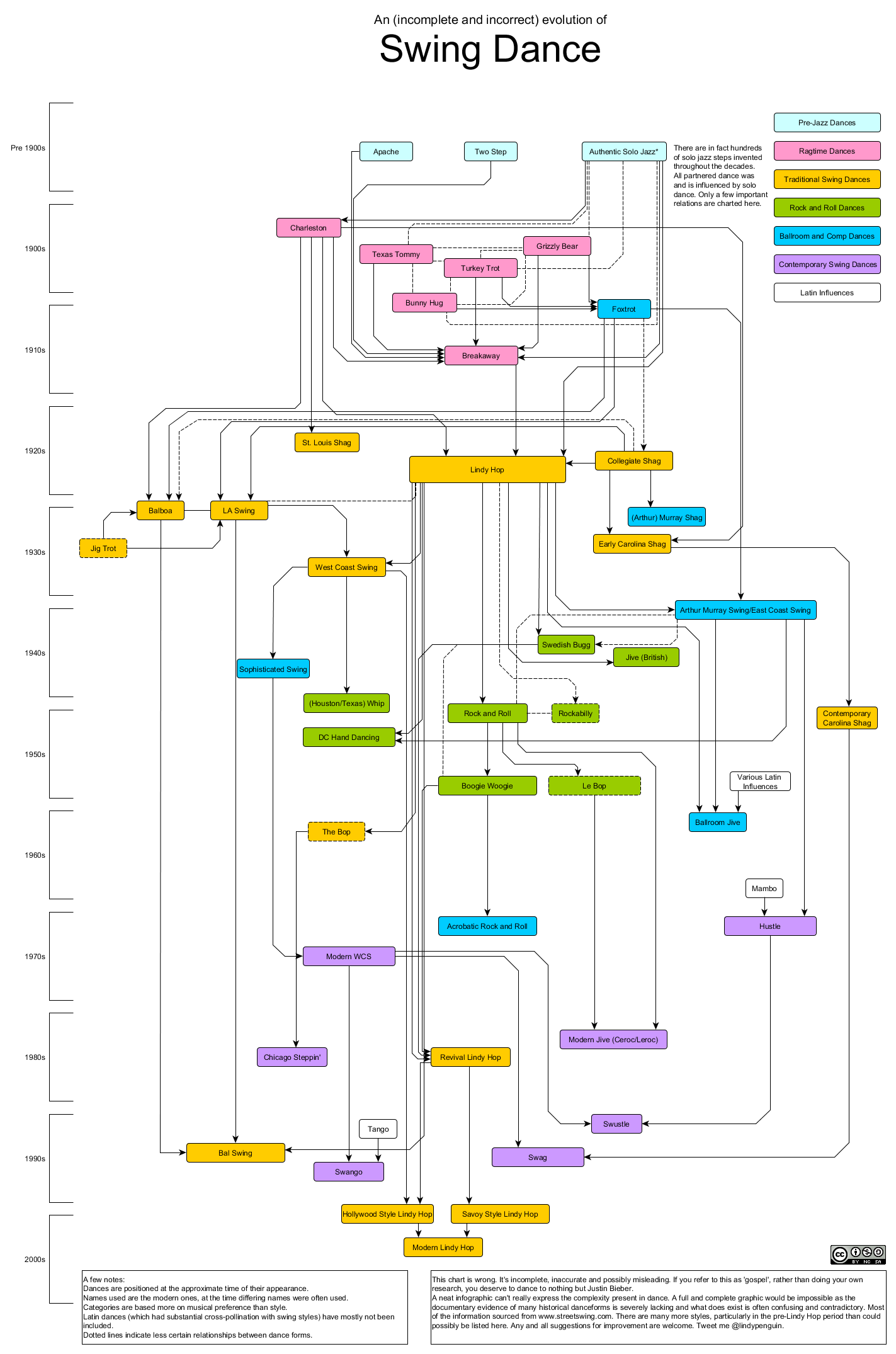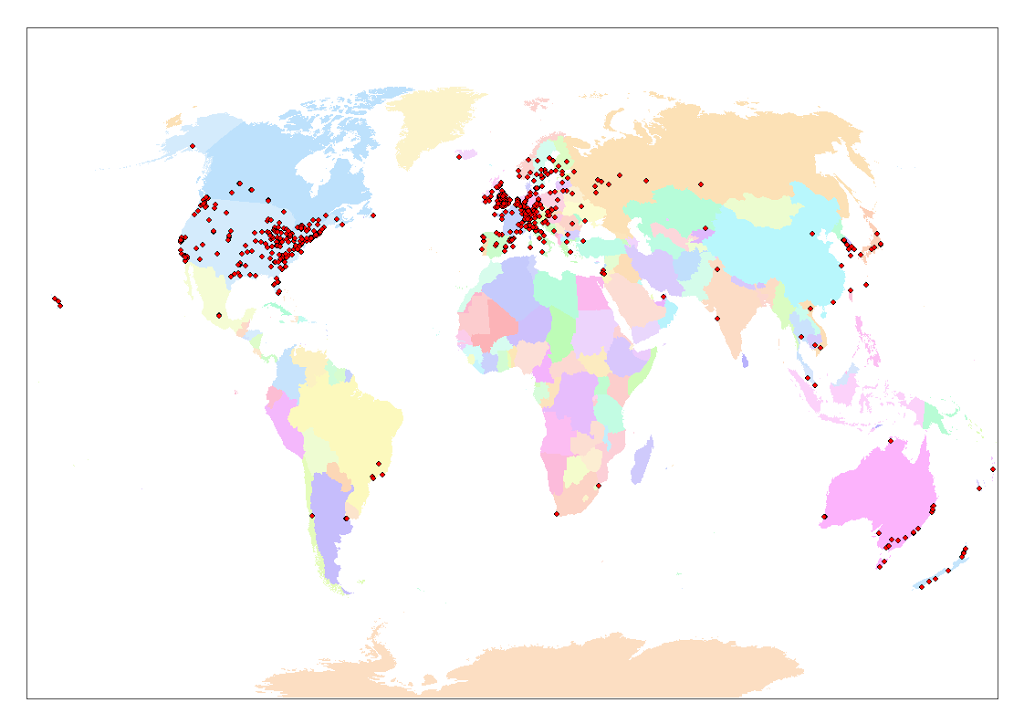This is the first in what will hopefully become a series of posts about safety at swing dance events for community organisers that will focus on various elements of safety, emergency planning and risk management (which are sort of my day job). In this first post I’m going to look at first aid – how it links in with broader safety concerns and occupational health and safety, and then talk about training and kits for your dance events.
Codes of Conduct: Who’s using them now?
TL;DR – Many events in North America, Australia, the UK and even Asia have Codes of Conduct. Those in continental Europe, however have very few.
Beating the Swing Flu?
With the Northern Hemisphere arrival of summer it’s swing camp season and that means one thing – completely out of sync with the rest of the population it’s swing flu season. And with the swing flu season comes all sorts of remedies to ward off the lergy from Herräng’s anti-cold juice to bottles of military-grade Nyquil. But does any of this actually work?
Album Review: Glenn Crytzer’s Savoy Seven – Uptown Jump
Uptown Jump is composer, guitarist and bandleader Glenn Crytzer’s sixth release and I believe the first since his move to New York City.
Codes of Conduct: Who’s Using Them?
A redditor asked about anti-harassment codes of conduct, prompted by Lindy Focus putting up their policy. It reminded me of a recent post on dogpossum that touched on the subject. And it got me wondering – just how many swing dance events actually have codes of conduct that address things like discrimination and harassment? Let
A Lindy Hop Bibliography
[Updated for works published to June 2017] SwingNation featured a new thesis on the Savoy Ballroom on a recent show and it led me to wonder what other scholarly work on Lindy Hop is out there. So I went looking. It turns out that there’s a surprising amount of scholarship out there about or using
Classic Lindy Hop Music – The Hottest 100
User Shadowpoga on reddit asked about classic songs for DJing at a lindy hop dance. Whilst I gave my two cents in the comments, I didn’t actually post any song suggestions. That’s what this post is for. I went through my own collection and picked out the 100 best tracks from the 30s through to
The Evolution of Swing Dance (in a flowchart)
From my lindy hop population post I discovered the swing dancing subreddit. During a discussion about a swing dance evolution infographic someone threw down the gauntlet to make an improved evolutionary tree and I (perhaps foolishly) picked it up. Here’s the result (click on the image to load a viewer for the chart – complete
Changes
Welcome Loyal Readers! For improved customisation and hosting of various things (see my next post) I’ve migrated over to a custom wordpress install. Everything should be more or less in the same spot and I’ll be making some enhancements over time. In the meantime why not take the opportunity to read through some of the
How Many Lindy Hoppers are There
I’ve been wondering about this question for a while but with a little free time I finally got around to having a decent crack at working it out with some GIS and statistics.The short answer: by my estimation about 120,000. Read on for the longer answer. Where are people Lindy Hopping? This is actually a



